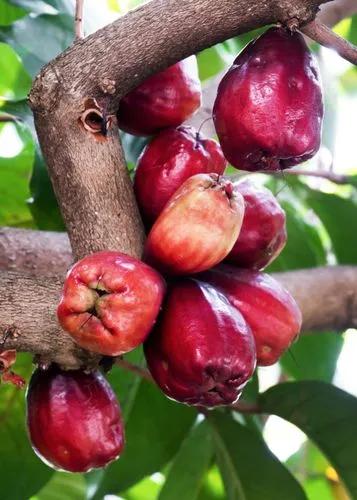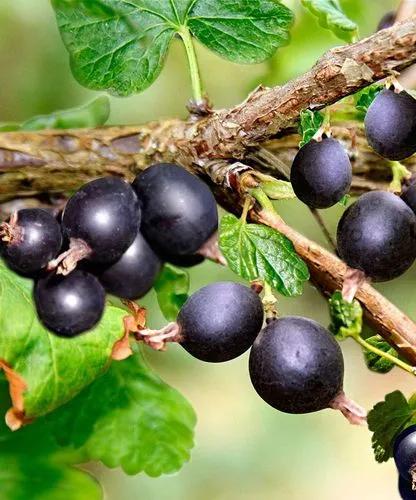Apricot trees are perfect for homegrown, sweet, and ripe fruit. These trees typically start bearing fruit within a few years and can live for decades. Apricots belong to the Prunus genus, like cherries, peaches, and plums, and can live up to 10 to 35 years in gardens with proper care.
Apricot Care
Prunus armeniaca



Prunus armeniaca, which can grow up to 26 feet (8 m) tall and live for over 50 years, yields fruit in 3-5 years. They bear dark green, oval-shaped leaves, and fragrant white-pinkish flowers. Typically pruned to 11-13 feet (3.5-4 m), these trees produce sweet, juicy, orange-pit fruits, its main identification feature. However, these fruits have a single pit that contains cyanide, so make sure not to let your pets or children eat it.
How to Care for the Plant

Container

A container with plenty of drainage holes and a diameter of approximately 20-24 inches (50-60 cm) would be very nice for young Apricots to grow before being ready to transplant into soil.

Fun fact

Apricots boast a 4,000-year-old history, initially hailing from China and later cultivated in places like Armenia and India. They symbolize longevity and health across various cultures. These fruits, known for their velvety orange skin, are essential in global cuisines.

Popularity

5,137 people already have this plant 459 people have added this plant to their wishlists
Discover more plants with the list below
Related articles






